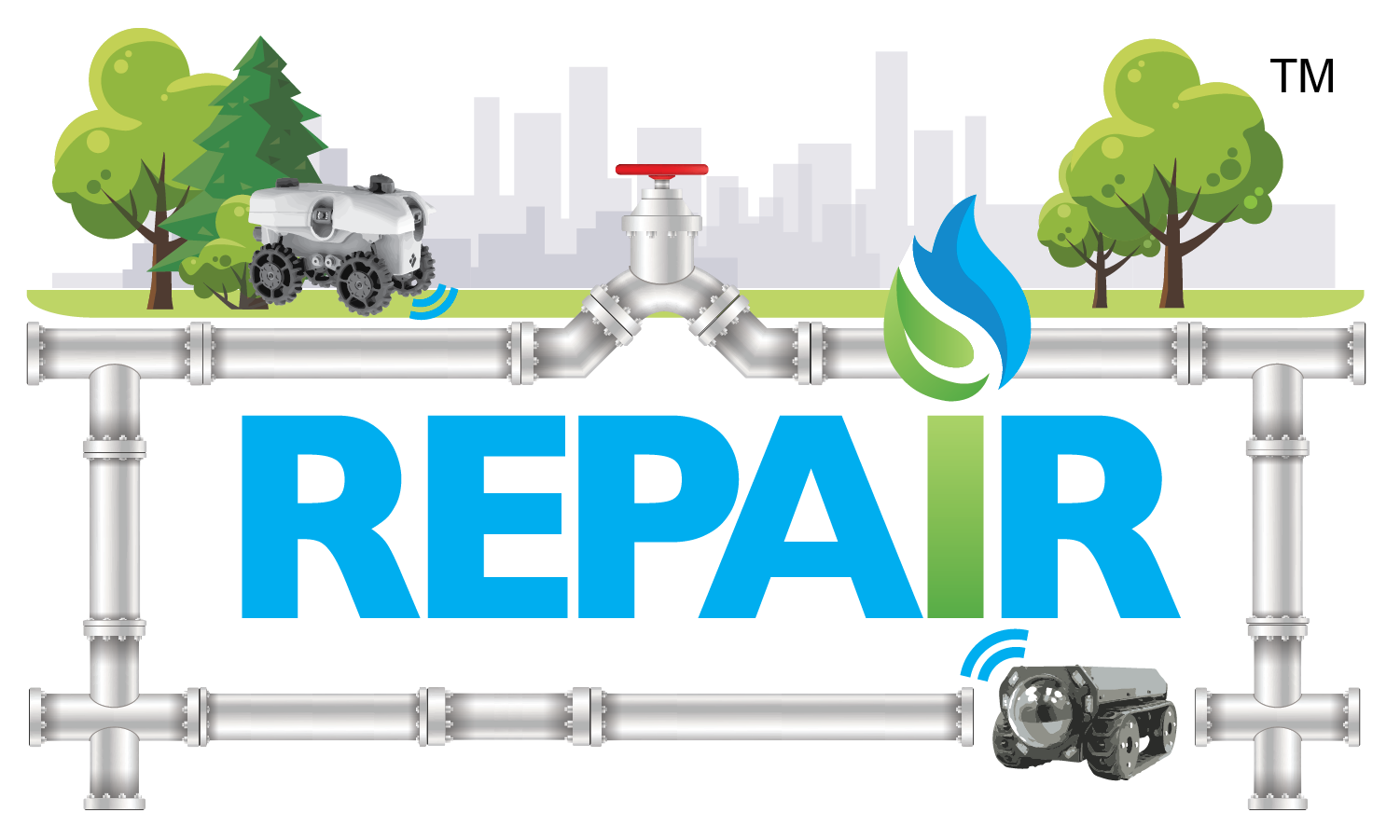
REPAIR Program Update: An Ounce of Prevention is Worth a Pound of Cure
ARPA-E has kicked off a 3-year, $38M research program called REPAIR (Rapid Encapsulation of Pipelines Avoiding Intensive Replacement) to rehabilitate cast iron, wrought iron, and bare steel natural gas distribution pipes. The goal of the program is to use robots to create a new pipe inside the old pipe. For the program to be successful, the new pipe must meet utilities and regulatory agencies’ requirements, have a minimum life of 50 years, and possess sufficient material properties to operate throughout its service life without relying on the exterior pipe. Considering that gas utilities have transitioned from town (coal) gas to natural gas in the past, we want to ensure the new pipes are compatible with potential gas compositions in the future, which may include renewable options such as hydrogen. And we want to do all this at a cost of less than $1 million per mile.
Using robots inside the pipes enables the creation of 3D maps from both the inside and the surface. The maps can integrate geospatial information for natural gas pipes and adjacent underground infrastructure with integrity, leak, and coating deposition data. These enhanced maps will facilitate maintenance planning and support 811 (national “Call before You Dig”) call centers.
If the program sounds ambitious, that makes it a good fit for ARPA-E. REPAIR, like many ARPA-E programs, pulls in diverse teams whose expertise often comes from outside the target industry. REPAIR teams are leveraging advances in chemistry, material science, robotics, and mapping— which originally were developed for the defense, aerospace, and automotive industries, among others. To ensure we “translate” these advances to the needs of the gas utilities, ARPA-E established the Testing and Technical Specifications Panel (TTSP) to advise the REPAIR program. The TTSP members include the Department of Transportation’s Pipeline and Hazardous Materials Safety Administration representatives; state regulators and their association, the National Association of Pipeline State Regulators; representatives from gas utilities; and ARPA-E. Operations Technology Development, a collaborative research organization for gas utilities, is facilitating TTSP meetings.
The REPAIR program is supporting three categories of work. The team led by the University of Colorado Boulder is developing the tests and performance metrics to ensure the “pipe in pipe” rehabilitation and inspection technologies meet expectations for regulators and gas utilities. Teams from General Electric Global Research, Autonomic Materials, the University of Delaware Center for Composite Materials, Oak Ridge National Laboratory, the University of Maryland, the University of Pittsburgh, and ULC Technologies are working a wide range of coating materials, coating deposition tools, and integrity/ inspection tools. Carnegie Mellon University is mapping pipes from the inside, while White River leverages its DOD-developed technology to map pipes and other underground infrastructure from the surface. For more information on REPAIR projects, see the REPAIR program page.
Reprinted courtesy of Trenchless for Gas Infrastructure, 2021, trenchless-gas-infrastructure-2021.pdf (nastt.org)
